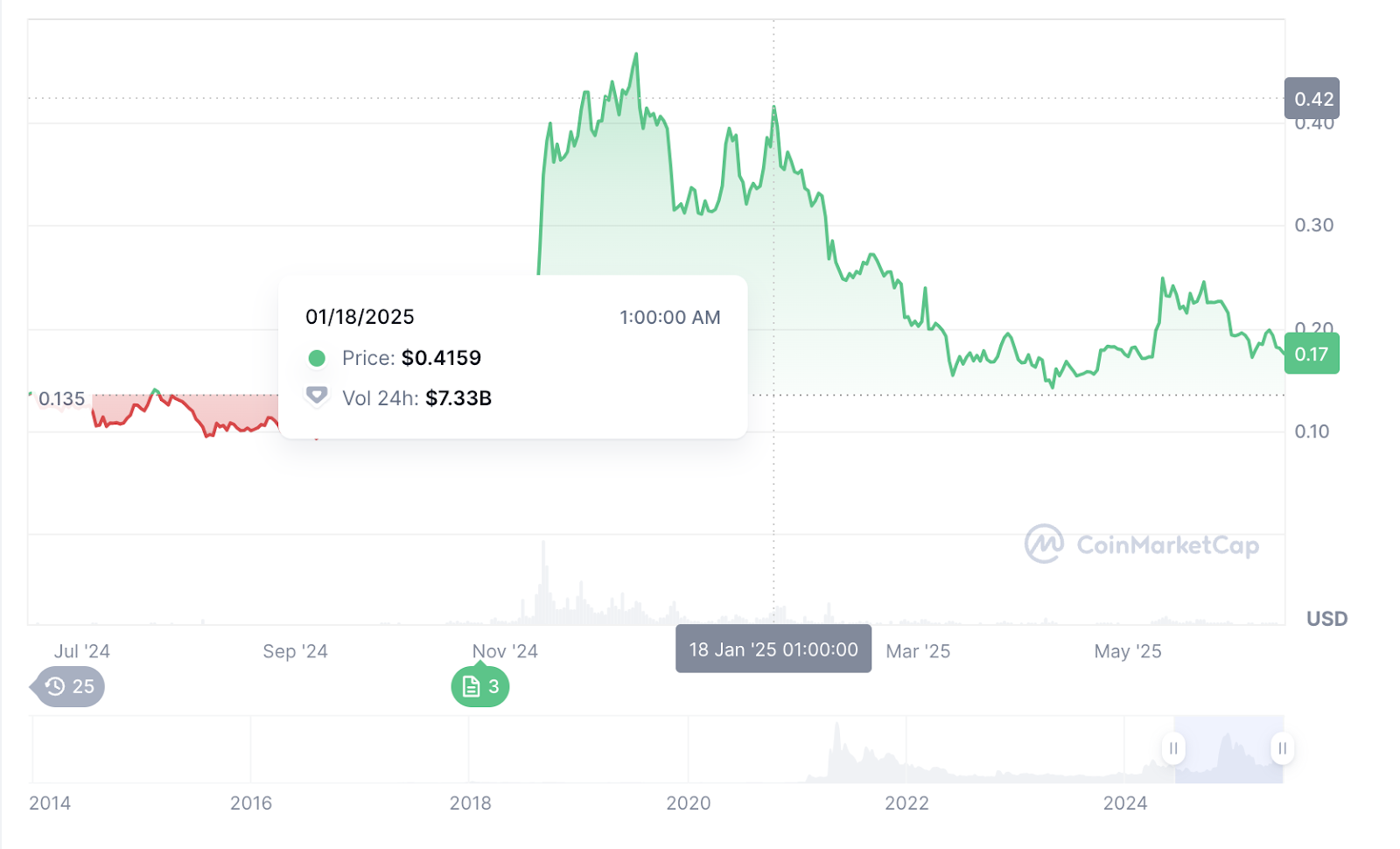When Bruce Zalkin, a 59-year-old New York native who has lived in Florida since 1976, looks at even the earliest editions of the original 1959 Barbie, he can detect subtle variations that differentiate a doll worth thousands of dollars and one worth pennies.
The very first version of the doll—with downcast eyes, a curled blonde ponytail and black and white striped swimsuit—has holes in her feet so she can attach to a stand; in the second version, the holes were patched up the after children ended up breaking the stands; the third edition of Barbie wears mascara, while the fourth version is the first made from a vinyl plastic blend rather than polyvinyl chloride (PVC).
Zalkin started his Barbieland journey in his 20s, when he was running a toy shop in Tampa that was filled with cast-iron Tonkin Replica trucks and antiques. It was the early ’90s, and his staff of primarily older women convinced him to focus on the intricacies and allure of Barbie dolls instead.
“They taught me all about Barbies,” Zalkin told Fortune, “everything I wanted to know and more.”
Zalkin has now been selling Barbie dolls for over 30 years, developing a talent for discerning the subtle differences between the earliest versions of Mattel’s star bombshell. But he has been unofficially selling toys, learning the trade from influential women in his life, since much younger: At age 5, his grandmother taught him about her hobby, collecting glassware, pottery and figurines in his hometown of Liberty, New York; at 13, after his family moved to Tampa, he decided that was “old lady stuff,” and began buying and selling toys instead.
Courtesy of Bruce Zalkin (2)
His 40-year-long career as an antique toy dealer now deals primarily with Barbie collections—mostly vintage models with alluring downcast eyes and feathery blonde ponytails. Over the years, Zalkin estimates he’s sold $2 million worth of vintage Barbies, working through eBay, toy shows, and auctions. While it’s not a profession he encourages others to join (it’s “just not a good investment,” he says), he’s managed to lean into the charm, variety and nuance of the doll—along with its lucrative market power—to create a sustainable livelihood.
“I’m not really a collector of Barbies, I’m more of a dealer,” he told Fortune. “This is how I make my living.”
Buyers of his vintage Barbies include those nostalgic to own the dolls they grew up with, or weren’t allowed to buy, along with professional collectors.
“There’s the kids that grew up with parents who would never buy them a Barbie doll,” Zalkin said.
Then there are specific lines geared toward collectors that Mattel introduced in the 1980s—including limited-edition dolls designed by esteemed fashion designer Bob Mackie and silkstone models, which were released in the 2000s. Those often sport lingerie and, Zalkin says, “were never meant for children.”
They are, however, “highly sought by collectors” and can fetch as much as 400 on eBay.
On the hunt for rarities
Spotting the right collections can take work, as the rare dolls Zalkin hunts for aren’t easily found at yard sales or on social media.
This week, Zalkin viewed a Florida woman’s collection of over 150 dolls, which she decided to sell as she’s moving, and because her child has outgrown them. Zalkin brought along Marl Davidson, a friend of 38 years whom he calls “the number one dealer in the world.”
Going through the dolls, Zalkin said, “she didn’t have any super rare items,” but luckily for him, the majority of dolls were vintage, which means they were released before the 1980s.
Zalkin and Davidson spent around $4,000 to buy the collection. Once purchased, the duo then spent about two hours packing the dolls, wrapping them individually in paper or plastic (so “we don’t mess up their hair”) and making ziplock bags of the dolls’ accessories.
Next comes the following phase of the dolls’ journey: rehoming. “It will take a few months to sort through,” Zalkin said. “We bought 100 pairs of shoes, all in little baggies, that have to be sorted to see whether they’re vintage or modern, because people pay very different amounts of money depending on what they are.”
The accessories, he said, often sell for more than pieces of clothing and at times even the dolls themselves, because “those are the first things that get lost or vacuumed up.”
What makes a Barbie worth her dollars?
The answer, Zalkin said, usually depends on how much she was loved, the rarity of the edition, and whether her clothes sport Mattel’s signature hot pink Barbie tag.
“Even to this day, all the clothing is tagged,” he said. In the 1960s, he added, “Mattel sold pattern books so that women could make clothes for the Barbies, because it was cheaper to do that than buy the Mattel clothes.”
The rarity of Barbie clothes and editions can be the difference between a doll worth pennies and upwards $5,000.
In the 1960s, for example, Mattel came out with a line of Barbies that was only available in Japan. Clothes from that line, Zalkin said, “are super-expensive and super rare. I’ve only had a few of those outfits and they sell in the multi-thousands range.”
Zalkin has sold individual dolls for $10,000. He recalled one octogenarian couple’s lifetime collection— over 500 “mint condition, original dolls and clothing still in the original packages”—which he sold for $250,000, mostly to private collectors.
Vintage Barbies, and specifically the earliest versions of the doll, tend to be the most valuable. An original 1959 Barbie, in perfect condition, is worth between $5,000 to $10,000, Zalkin said.
“You’ll have some people collecting for investment or they want mint perfect items, and they’re going to pay the top premium for it,” he said. “Other collectors just want the doll, get it at one-tenth of the price, and they’ll redo the makeup, redo the hair and have the doll they want.”
To be sure, the line of work is not without challenges. One of the biggest, Zalkin said, is finding collections, or inventory, to buy. He finds the majority of his business through word of mouth, with websites like Facebook Marketplace and Craiglist only accounting for a small fraction of his sales. He also often buys back collections from people he’s made sales with over the decades he’s been in the trade, who reach out to him after life events, like death or divorce, prompt them to part ways with their collections.
Greta Gerwig generated a new batch of collectors
Greta Gerwig’s highly-anticipated Barbie movie, released last year, has lured more collectors to enter the market. Dolls that were featured in the movie, specifically ‘Pregnant Midge’ and ‘Growing up Skipper’ (which has a twistable arm that makes her grow taller and her chest expand) doubled in price.
“Right when the movie came out, there was a huge uptick in Barbie sales,” he said, adding that the prices still haven’t returned to pre-movie levels.
According to estimates by Barbie Wiki, a fandom website, there are over 100,000 Barbie collectors over the world.
“Primarily older women are the main market, either new collectors, because of the new movie, or older women whose brothers blew up their dolls with GI Joe, or had parents who sold them in a yard sale,” Zalkin said. “Believe it or not, the gay men’s community also buys a lot of Barbie dolls.”
The key to Barbie’s mainstay market power
For better or worse, Barbie is an undoubtable cultural icon. She’s been the centerpiece of museum exhibitions and was the subject of a documentary on Hulu. Gerwig’s movie brought close to $1.3 billion at the worldwide box office, becoming one of the few female-dominated movies among the top-grossing films of all time, NPR reported.
The doll was also a game changer for both toymakers and young kids alike. According to a history by Encyclopedia Britannica, baby dolls were the norm in the early 1950s, and often encouraged young girls to envision themselves as nurturers, mothers or caregivers. Barbie, however, was marketed as a woman of many careers—like hospital volunteer, astronaut, surgeon, and CEO—with outfits to match. When kids played with her, they could imagine themselves in careers that don’t have enough female representation.
Still, the dollmaker faced pushback for setting unrealistic body standards. Researchers in Finland concluded that if a real woman had the proportions of the doll, she wouldn’t have enough body fat to menstruate.
Between 2012 and 2018, Mattel faced several quarters of nosediving sales and criticism continued as other companies manufactured dolls that better reflected the diversity of Americans in size, color and physical ability.
In the mid-2010s, after Mattel released more diverse dolls, sales turned up. According to Mattel’s website, Barbie is now “the most diverse doll line,” available in 35 skin tones, 97 hairstyles, and 9 body types.” The brand has since released dolls with disabilities, such as Down syndrome, prosthetic legs and wheelchairs.
It’s been decades since Zalkin first dove into the world of Barbie as a seller, but he has no plans of turning away. He’s recently started his own auction site, partly to avoid eBay’s rising seller fees, and counts over 150 toy shows under his belt, which he runs with his wife, Laura.
“When we’re at a buying show, we’ll be sitting behind tables as people come to sell their stuff,” he said. “Naturally, if they have Barbie dolls, they’ll walk over to my wife, who says, ‘my husband does Barbies. I do all the cast iron trucks.’”
Credit: Source link











